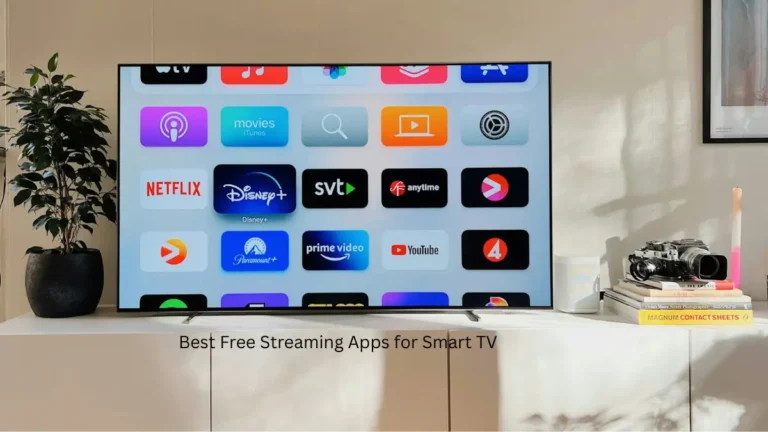Selecting the best laptop for medical professionals is a little different from choosing one to watch a web series online. You’re managing patient records, telehealth calls, and perhaps some diagnostic imaging, all while keeping the HIPAA compliance police off your back. The wrong device? That’s downtime on a shift, security nightmares, or worse, equipment that cannot stand up to hospital-level disinfectants.
Here’s what really works in 2025 after testing devices across clinical settings.
Why Healthcare Laptops Are Different
You’re going to need something a lot more powerful than your average consumer laptop. Medical environments require antimicrobial coatings, touchscreens that function with gloves, and batteries that last for 12-hour shifts. Plus there is the compliance piece, those HIPAA demands: You need encryption, remote wipe capabilities, and access controls to be built in.
Match Your Laptop to Your Specialty
| Clinical Use Case | What You Actually Need | Top Picks |
| Telehealth & Virtual Consults | 1080p webcam, 10+ hr battery, solid mics | Dell Latitude 5000, Lenovo ThinkPad X1 Carbon |
| EHR & Bedside Documentation | Touchscreen, stylus support, spill-resistant | Lenovo ThinkPad T14 Healthcare, Dynabook Portégé X30W-K |
| Radiology & Imaging | 32GB+ RAM, discrete GPU, 1TB SSD | HP ZBook Studio, Dell Precision 5000 |
| Point-of-Care Carts | Hot-swap battery, antimicrobial coating, rugged | Panasonic Toughbook 33, DT Research DT301Y |
| Surgical Suite | Fanless, IEC 60601-1 certified, easy-clean | Teguar TM-5010-22, Onyx Venus Medical Tablets |
Why These Specs Matter
The video quality can’t be bad for telehealth, your patients shouldn’t have to look at a grainy, pixilated you and feel confident. Stick to texts and emails. Research shows bedside documentation reduced encounter time from 301 seconds (pre-EHR installations) to a still substantial 227 seconds, so touchscreens play directly into your workflow efficiency.
For the kind of work that radiologists do, you’re not just looking at images, you’re also working with 3-D data. That’s why the HP ZBook Studio and Dell Precision 5000 include workstation-class GPUs. Any less, and you are waiting on your device to diagnose.
Hot-swappable batteries are a must for point-of-care carts, you can’t afford to stop and charge in the middle of a shift. Able to withstand disinfection cycles, the Panasonic Toughbook 33 is tough enough for the frequent cleaning now required between every patient.
Key Specs That Actually Matter
Processor: Intel Core i5 for minimum access to the EHR. Working with radiology requires at least i7 or Xeon processors for support of large datasets such as imaging.
RAM: 8GB for basic documentation, 16GB for multitasking, and anything upwards of 32GB for medical imaging. Don’t skimp here, slow load times while delivering patient care are not just frustrating, they’re unsafe.
Storage: SSDs only. At least 256GB; 1TB if you are an imaging professional. In clinical use, HDDs are quite literally history.
Display: Anti-glare is essential. The harsh hospital lighting and the OR overheads make brutal reflections. Seek a 1920×1080 minimum resolution with Eyesafe® certified tech for less blue light exposure during all-night charting.
Battery: Actual runtime, not marketing fluff. Each swappable LiFePO₄ battery lasts up to 7-9 hours and charges in 2.5 hours. That’s the standard you’re chasing.
Security Without the Paranoia
Compliance with HIPAA is not optional, but it does not need to be difficult. Contemporary medical laptops come with built-in RFID readers for Imprivata single sign-on, no more typing the password 47 times a shift. Toss in remote wipe and VPN support, and you’ve got the basics down.
The Lenovo ThinkPad T14 Healthcare Edition even adds in monitors you can read from angles, a feature (along with oodles of security features) we’re thinking software vendors for the biggest electronic health records programs will be buying in bulk.
What 2025 Actually Changes
No, the real story is AI integration this year. They also have dedicated Copilot keys for AI-supported clinical decision support. Translation: more rapid drug interaction checks, documentation auto-suggestions, and instant access to protocols without wading through databases.
Cloud-hosted desktop solutions are also becoming popular, enabling you to use medical apps on any device with your data centralized and HIPAA-compliant. Ideal for multi-site practitioners or locums.
The Bottom Line
Your laptop is your digital stethoscope, it has to function impeccably when you have patients in front of you. For the long hangouts, grip something light with killer video. Doing bedside rounds? Touchscreens and antimicrobial coatings are a must. Reading scans? Don’t even look at a system without a discrete GPU and 32 GB of RAM.
The Lenovo ThinkPad T14 Healthcare Edition splits the difference for most clinicians, being rugged yet compliant and powerful enough to handle 90% of medical workflows. Imaging professionals need to give the HP ZBook Studio a closer look if they’re in search of workstation power in its most portable form.
Your pen should dissolve into the background so you can focus on what’s important: patients. Enjoy your dramas, but don’t accept any less.




